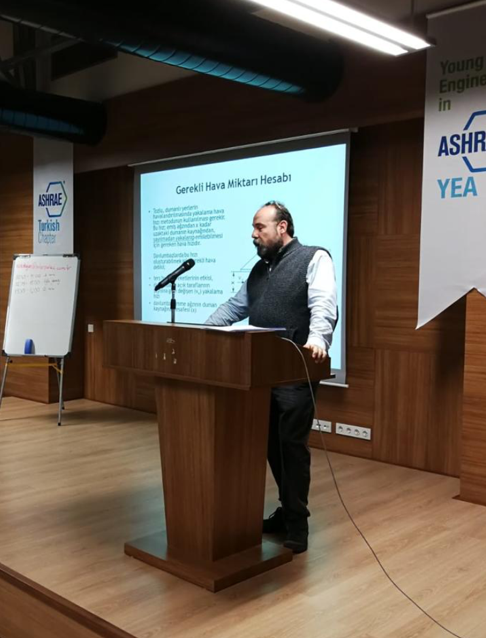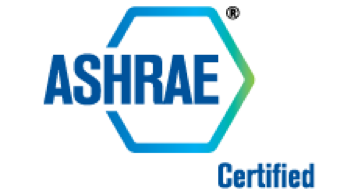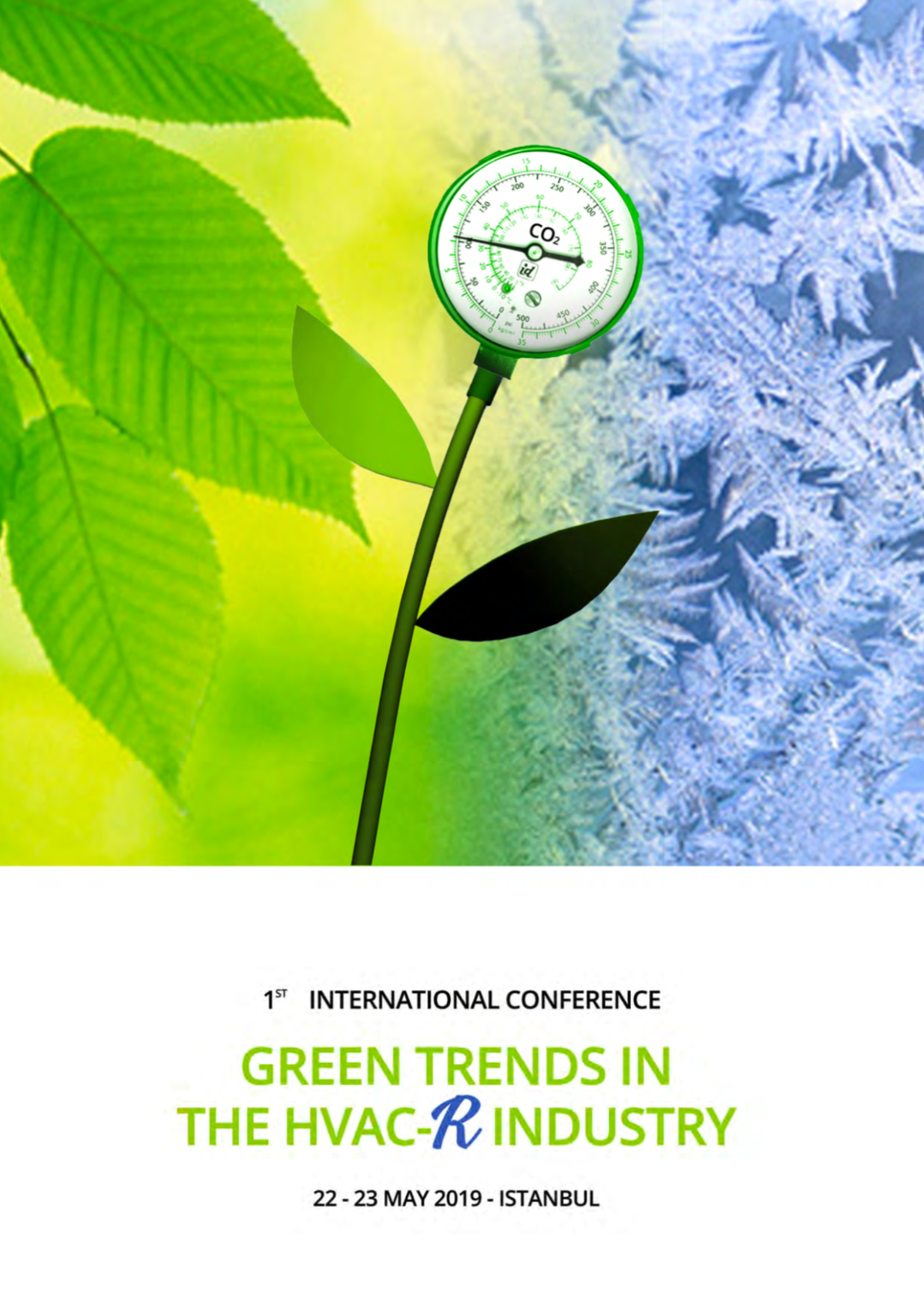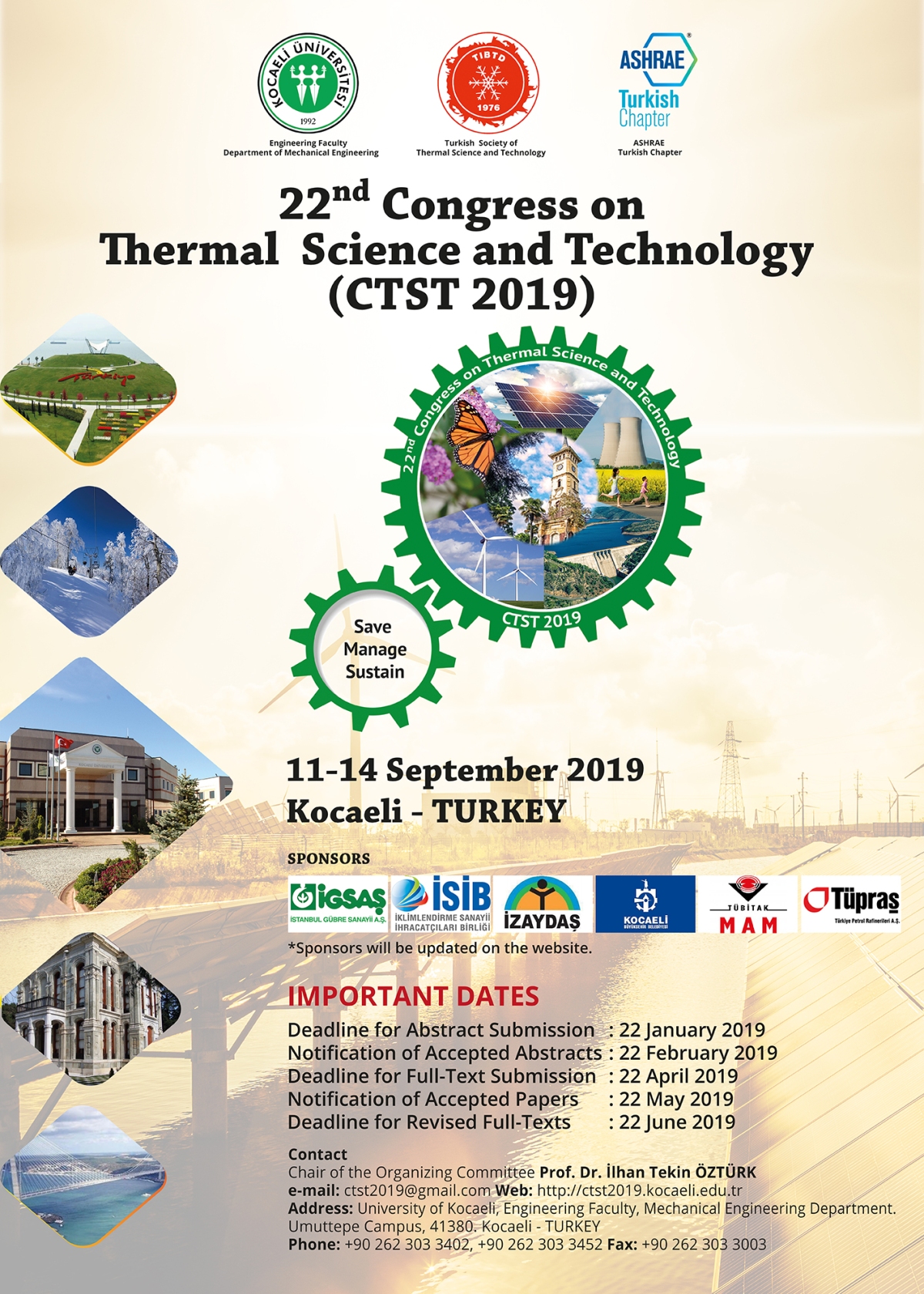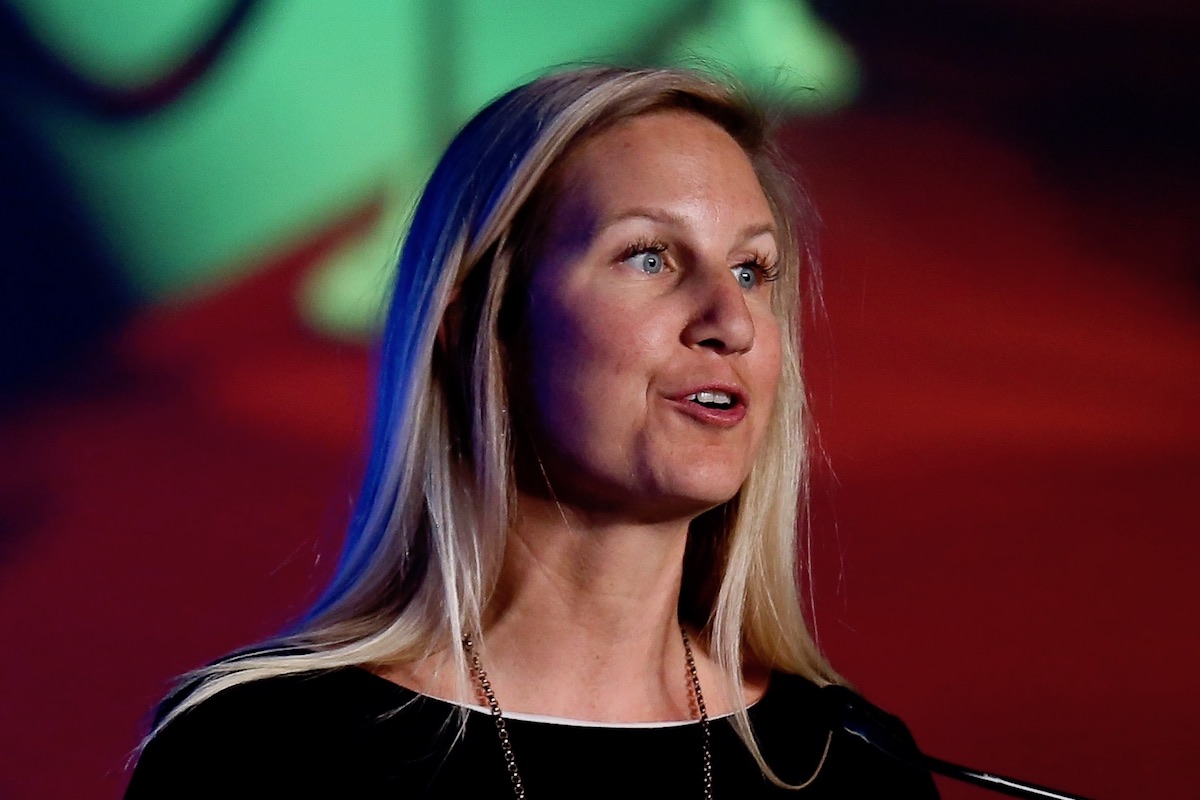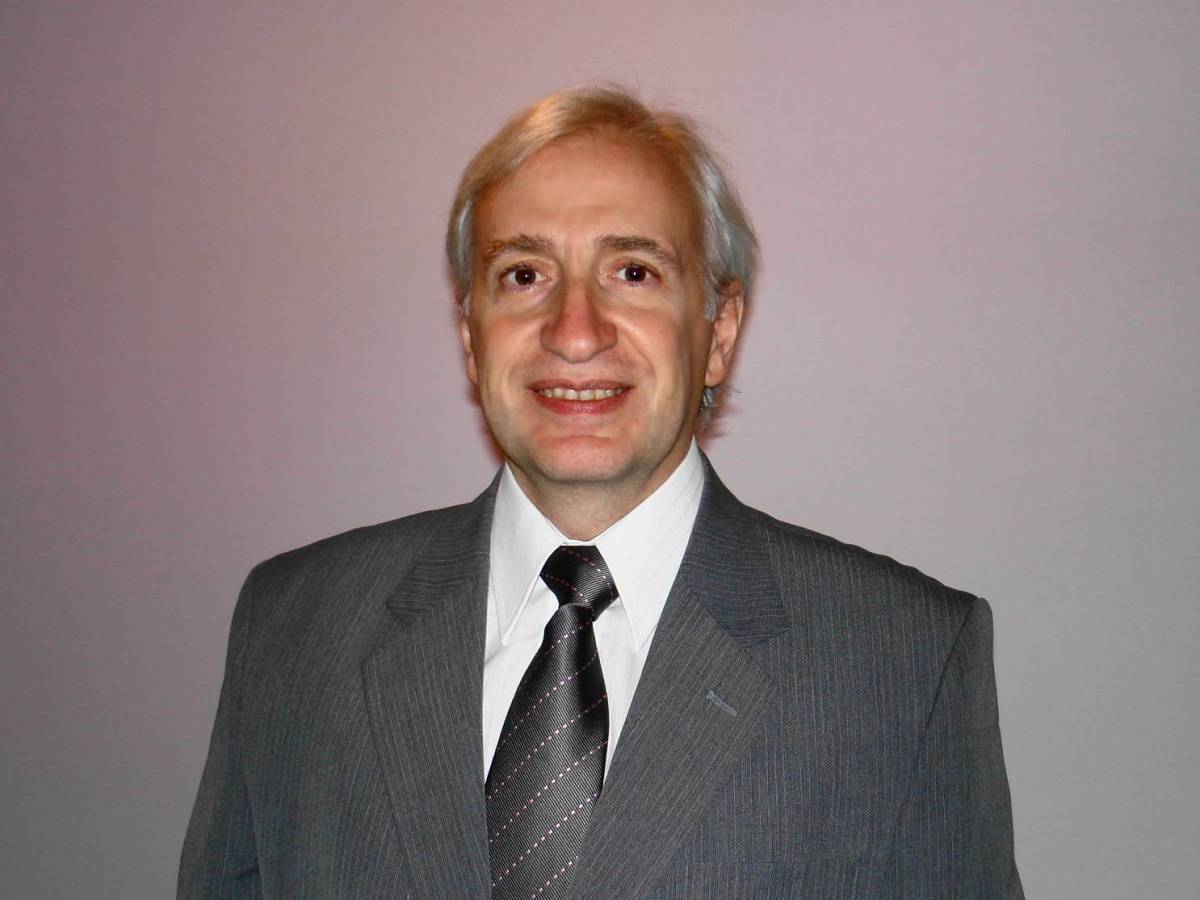
Author: ASHRAE Turkish Chapter
ASHRAE Sertifika Programları
ASHRAE sertifika programları endüstri ihtiyacını karşılamak için kurulmuştur ve bugün 1.000’i aşkın profesyonele değer katmaktadır.
Son 100 yılı aşkın bir süredir ASHRAE HVAC & R tasarımında lider olmak için, dünya çapında bir ün kazanmak ve korumak için çok çalıştı. ASHRAE sertifikasyon programları da bu itibarı güçlendirmeye hizmet etmektedir.
ASHRAE sertifika programları:
- Üstün bina tasarımı ve sistem çalışması konusunda gerekli bilgi ve deneyime sahip endüstri uygulayıcıları tarafından geliştirilmiştir.
- Sürekli mesleki gelişim imkanı sağlar
- Uygulaması kolaydır
- Ana dili İngilizce olmayan konuşmacılar için oldukça anlaşılırdır
HVAC DESIGNERS PROFESSIONAL CERTIFICATION
BCXP BUILDING COMMISSIONING PROFESSIONAL CERTIFICATION
BEAP BUILDING ENERGY ASSESMENT PROFESSIONAL CERTIFICATION
BEMP BUILDING ENERGY MODELING PROFESSIONAL CERTIFICATION
HBDP HIGH PERFORMANCE BUILDING DESIGN PROFESSIONAL CERTIFICATION
HFDP HEALTHCARE FACILITY DESIGN PROFESSIONAL CERTIFICATION
OPMP OPERATIONS AND PERFORMANCE MANAGEMENT PROFESSIONAL CERTIFICATION
ASHRAE DL Programı Kapsamında 22-23 Mayıs İstanbul’da ASHRAE Turkish Chapter Tarafından Düzenlenecek Konferansın Program Taslağı


I22. Isı Bilimi ve Tekniği Kongresi (CTST2019) Hakkında Duyuru
22. Isı Bilimi ve Tekniği Kongresi (CTST2019) 11-14 Eylül 2019 tarihinde, Uluslararası düzeyde Kocaeli Üniversitesi, Türk Isı Bilimi ve Tekniği Derneği (TIBTD) ve ASHRAE Turkish Chapter iş birliği ile düzenlenecektir.
22. Isı Bilimi ve Tekniği Kongresi (CTST2019) 11-14 Eylül 2019 tarihinde Kocaeli’de düzenlenecektir.
Daha önce gerçekleştirilen 21 Ulusal Isı Bilimi ve Tekniği Kongresi başarıyla tamamlanmıştır. 22. Kongre, uluslararası düzeyde Kocaeli Üniversitesi, Türk Isı Bilimi ve Tekniği Derneği (TIBTD) ve ASHRAE Turkish Chapter iş birliği ile düzenlenecektir.
Kongremizin afişi Ek’te sunulmuş olup sizi 22. Isı Bilimi ve Tekniği Kongresi’ne son çalışmalarınızı sunmak üzere davet ediyoruz. Kongremiz hakkında detaylı bilgiye http://ctst2019.kocaeli.edu.tr adresinden ulaşabilirsiniz.
İstanbul Arel Üniversitesi ASHRAE Student Branch Öğrencileri Teknik Gezi Düzenledi
İstanbul Arel Üniversitesi ASHRAE Student Branch Öğrencileri tarafından 27 Kasım 2018 tarihinde Duyar Vana’nın imalathanesi ve fabrikasına teknik gezi düzenlendi.

İstanbul Arel Üniversitesi ASHRAE Student Branch öğrencileri ile DAIKIN Firması Yönetim Kurulu Üyesi “Zeki Özen” ile bir araya geldi.
İstanbul Arel Üniversitesi ASHRAE Student Branch öğrencileri ile DAIKIN Firması Yönetim Kurulu Üyesi “Zeki Özen” bir araya geldi. Öğrenciler ile Zeki Özen ile söyleşi yapıldı.

Turkish Chapter will host Karine Leblanc as a Distinguished Lecturer on May 22-24, 2019
Karine Leblanc received her bachelor degree in Mechanical engineering from Ecole de Technologie Superieure, a public engineering school in Montreal, Quebec, Canada, who was founded in 1974 and that is part of University of Quebec. ETS is specialized in applied teaching and technology transfer to companies.
Karine has been working as an HVAC sales engineer for US Air Conditioning Distributors since 2002 and has been an active member of ASHRAE since she was a student.
In 2009-2010, Karine was the 2nd female and youngest President of the 85th year old chapter of Southern California. She has served on the ASHRAE Society Board of Director from 2014-2017 and became the first female Region X Director Regional Chair since 1959.
She has received the Louise & Bill Holladay chapter Distinguished service award, the Region X Director’s Cup award, the Regional Award of Merit and the Distinguished Service Award.
LECTURE TOPICS
How To Use Emotional Intelligence To Become A Better Person Professionally And Personally
Classification: Basic
Leaders become great, not because of their power, but because of their ability to empower others. –John Maxwell
These days, the society is all about grades; who has the best grades and which school you have been graduating from. But why is it that employees with average grades from average schools are surpassing their All-Stars peers? Why is it that we have managers, boss and CEO that are not performing or that are not liked by their employees?
Emotional intelligence is definitely one of the key elements in improving your leadership skills in life, at work and with your volunteer organization like ASHRAE. Emotional intelligence is the key to your success!
There are four E.Q. skills: Self Awareness, Self-management, Social awareness and
Relationship management. And there are many strategies in improving your E.Q. skills to improve yourself.
We will also touch on the discussion between E.Q. vs gender, age and culture, ASHRAE being a global organization.
Turkish Chapter will host Chandana Dalugoda as a Distinguished Lecturer on May 22-24, 2019
Chandana Dalugoda trained as an Air conditioning & Refrigeration engineer and qualified as a chartered engineer in 2006. His experience includes the designing, installation, commissioning and maintenance of HVAC &R systems. As a HVAC Consultant, his responsibilities have ranged from detailed designs, preparation of drawings, site supervision and commissioning of HVAC systems. As a lecturer, he has prepared students for City & Guilds of London Institute in Refrigeration examinations from 1980 to 2000. He has been a visiting lecturer at University of Moratuwa, in the Building Economics Department for under graduate programmes since 2000. He is a visiting lecturer for MSc programme of Electrical Installations and guest lecturer for mechanical engineering department of University of Moratuwa. He is also a visiting lecturer at Sri Lanka Institute of Advance Technological Education, HNDE programme in mechanical engineering. He is a visiting lecturer at IESL College of Engineering, for Graduate Diploma Level. He also conducts various public lectures at the Institution of Engineers Sri Lanka (IESL), currently conducting the CPD course – AC Design annually. Also he conducts public lectures at the ASHRAE Sri Lankan Chapter 171.
He is a lecturer for National Cleaner Production Centre (NCPC) for the Certificate Course on Corporate Environmental Sustainability through Greening the Industries. Also he is a lecturer for Sri Lanka Energy Managers Association (SLEMA), who conducts workshops on “Energy Efficiency of Air Conditioning Systems”. Also he is a lecturer for Build Green Sri Lanka- Ceylon Institute of Builders Green Project Manager’s training program.
Dalugoda served two-year term as an ASHRAE Distinguished Lecturer from July 1, 2011 to June 30, 2013. During his term, he conducted 03 DL lectures. “Applied Psychrometrics for Air Conditioning” in Chennai India 29th February 2012. “Air conditioning Systems for Tropical Humid Climates” in Delhi India 03rd March 2012. “Air conditioning Systems for Tropical Humid Climates” in Al Khuwair Oman, 30th March 2013. He conducted a full day workshop on “Practical Guidelines of Air conditioning System Design for Tropical & Humid countries” in Abu Dhabi, from 8.00 a.m. to 5.00p.m. on 09th May 2014 conducted by Philippine Society of Mechanical Engineers (PSME) & ASHRAE Falcon Chapter.
Dalugoda has been engaged in the field of HVAC&R field for 39 years. He was also attached to HILSON MORAN in the UK as a senior mechanical design engineer in the field of HVAC and involved in various designs of HVAC systems in England.
Chandana Dalugoda is managing Partner of Chandana Dalugoda Consultants, an engineering practice in Sri Lanka and is a senior consulting engineer in the HVAC & R field. Dalugoda served as Chapter President for two times, 2004/2005 & 2012/13) of ASHRAE Sri Lankan Chapter 171. He is a member of ASHRAE, CIBSE, IESL & Member of Consulting Engineers Association of Sri Lanka. He is actively engaged in the Institution of engineers (IESL) voluntary programmes. He has authored articles and papers (8 articles) for the IESL and ASHRAE Sri Lankan Chapter. He is a recipient of 2015 ASHRAE Chapter Service Award & 2015 ASHRAE Regional Award of Merit.
LECTURE TOPICS
u Air Conditioning Systems for Tropical Humid Climates
GBCI Approved | 2 CE Hour | 0920010351 AIA Approved|2LU/HSW|DALUGODA02
Classification: Intermediate
Although air conditioning is widely used in the world, it has application constraints in tropical humid countries. Countries situated with thin tropic of Cancer & tropic of Capricorn gets solar
radiation almost through the year and there will be only two seasons, summer and monsoon. Also there are limitations of applying some energy conservation methods such as free cooling due to high humidity levels. Addressing the indoor air quality, large amount of cooling load comprises of ventilation air quantity, especially in densely populated buildings thus cooling load increases substantially. This presentation discusses techniques to overcome high ventilation loads in hot humid countries, such as applying heat recovery and demand control ventilation systems.
Most air conditioning systems fail to provide adequate fresh air during the design stage and try to rectify after completing the installation. This would bring about additional cooling requirements which cannot handle the existing equipment. This paper discusses the use of ASHRAE standard 62.1- 2013 Ventilation for Acceptable Indoor Air Quality to determine the minimum ventilation air requirement using ventilation rate procedure method.
Since sun path is almost over head throughout the year in tropical countries, load due to thermal radiation on roofs & west/east exposures will be an important component of the heat load and methods of solar gain reduction is discussed.
Applied Psychometrics for Air Conditioning Systems
Classification: Basic
Firstly understanding the basic contents of the psychrometric chart and then discuss the basic psychrometric processes. A detailed Psychrometric approach is carried out utilizing the data available from cooling load calculations to determine the coil conditions and selection of the air conditioner. All fresh air, high latent load and humidity control applications are discussed. Importance of Sensible heat ratio is discussed and distinguishes the defense between high & low sensible heat applications. This presentation is suitable for young as well as experienced engineers that provide basic knowledge of Psychometry and its applications in practice.
u Cooling Load Calculations ASHRAE CLTD/SCL/CLF Method
Classification: Basic
Presently every one of us is using computerized software for cooling & heating load calculations. However, engineers in developing countries may not have access to premium software offered by various companies at very high cost. Hence this presentation reviews in-depth practice of manual calculation ASHRAE CLTD/SCL/CLF method, for calculating cooling load for non-residential buildings.
Initially discuss the importance of zoning and local climatic conditions. Participants are given calculate the overall heat transfer coefficient for building fabric elements although some of the tables provided calculated data. Finally participants are taught to establish data that are required for plant selections. Establishing entering & leaving conditions of the cooling coil and calculation of Supply air flow rate using Psychrometric chart. It also emphasizes the importance of doing cooling load calculations and not use rules of thumb as an alternative source
u Reducing Carbon Footprint of Buildings in Developing Economies
GBCI Approved | 2 CE Hour | 0920010353 AIA Approved|1LU/HSW|DALUGODA04
Classification: Advanced
ASHRAE 90.1-2003 Energy Standard for Buildings except Low-Rise Residential Buildings play a major role in designing of HVAC systems for LEED certified Green Buildings. In order to reduce carbon foot print of modern buildings & existing buildings, now it is a common practice to comply with the 90.1 Standard, even otherwise building certification program is implemented. In developing economies countries have a major advantage of using 90.1 Standard to reduce the energy use in buildings. It also highlights the importance of implementing 90.1 Standard, fully or partly in building regulations in developing economies countries to fight with global energy crisis. And also providing comfortable environments in built environment.
This presentation highlights the importance of implementation of 90.1 Standard for designing HVAC systems, building fabric etc. to achieve sustainable goals. It emphasized the value of complying with
90.1 Standard as much as possible to reduce the energy cost and achieving lowest life cycle costs of HVAC system.
u Sustainable HVAC Designs for Green Buildings
GBCI Approved | 2.5 CE Hour | 0920010352 AIA Approved|2.5LU/HSWs|DALUGODA03
Classification: Advanced
This presentation guides how to design an energy efficient HVAC system for green buildings utilizing ASHRAE Standard 90.1-2013 Energy Standard for Buildings except Low-Rise Residential Buildings, 62.1-2010 Ventilation for Acceptable Indoor Air quality, 189.1 Standard for the Design of High Performance Green Buildings & ASHRAE Green Guide.
Applying demand control Ventilation (DCV) systems for outdoor air ventilation & car park extraction systems, Energy recovery ventilation systems (ERV) for outdoor air ventilation systems, applying VAV instead of CAV airside systems, Central CHW systems with variable temperature variable flow decoupled systems, selection of chillers , AHUs, FCUs and CTs to obtain overall energy efficiency of the HVAC system.
Turkish Chapter will host Roberto Aguilo as a Distinguished Lecturer on May 22-24, 2019
Roberto R. Aguiló, owner and principal engineer of Estudio Aguiló & Asoc., has worked in the Refrigeration Industry during 32 years leading the projects of a big number of supermarkets and the other industrial applications. Actually is President of AAF (Asociación Argentina del Frio) for the seventh time (since 1994 until today) and Past President of FAIAR (Federation of Iberoamerican Societies of Air –Conditioning and Refrigeration) and was the First President of Argentina ASHRAE Chapter. He has served ASHRAE in a variety of positions including Student Branch Advisor, Chapter President, Region XII ARC, several Society Committees and actually as Director-at-Large.
He is the recipient of the Distinguished Service Award, the Regional Award of Merit and John James International Activities Awards.
He received his degree in Industrial Engineering from Buenos Aires University in 1981, and is a registered professional engineer in Argentina (CPII). He has been President of Cotein S. A. and has worked in design and maintenance in other companies previously.
In the field of Engineering Education, he is Professor of Refrigeration Installations at Universidad Nacional de Luján since 2002 to present day. He has been Visitor Professor at other Universities of Argentina (Universidad Nacional de Misiones, UCES, UNLu) and he has dictated numerous courses in Private Institutes and Companies.
He has published 2 books and numerous articles and papers in Argentina on topics related to refrigeration.
Mr. Aguiló is a member of the Asociación Argentina del Frio (AAF), the American Society of Heating, Refrigerating, and Air Conditioning Engineers (ASHRAE) and in the Consejo Profesional de Ingeniería Industrial.
LECTURE TOPICS
u Cooling Loads Calculation
Classification: Intermediate
In the design of a refrigeration system, the first step is a procedure to establish the amount of heat that has to be removed from a cold store or an equipment to cool or freeze certain products. The components of the refrigeration load are transmission, product, internal and infiltration. This paper describes the method to calculate each component of the heat load based in the ASHRAE Refrigeration Handbook presenting different data to do a the most common types of calculations.
u Refrigerant Flow Control Methods in Industrial Refrigeration
Classification: Intermediate
There are different methods of control the refrigerant flow in an evaporator. Each one has its own advantages and disadvantages and the selection depends of the proposed use. The economy of the system is related to different way we use, but a technical consideration has to be done specially with the size of the systems for its impact in the first cost.
The present paper covers the different types of flow controls methods, its energy analysis and the equipment we have to use in each occasion, specially in the design of liquid overfeed systems.
u Refrigerants – Application and Impact in the Atmosphere
Classification: Intermediate
In a vapor compression cycle the refrigerant has a significant role. The efficiency of this cycle depends on the
refrigerant properties and these properties will impact in the performance of the refrigeration equipment.
The environmental impact of the refrigerants in the atmosphere has led to important changes in the types of refrigerants we use to diminish the direct and indirect impact of them. The use of some refrigerants has created important differences in the refrigeration equipment.
The natural refrigerants looks like the best choice to diminish the impact in the atmosphere, but all of them present some problem (toxicity, high pressures, flammability) that has to be specially considered in the design of the systems to avoid further problems.
The presentation also discusses the systems with small charges that will reduce emissions into the atmosphere of halogenated refrigerants used in refrigeration and air-conditioning.
u Supermarkets Refrigeration Systems and Sustainability
Classification: Intermediate
Supermarkets are very important users of refrigeration systems and this type of construction has an impact in the environment. It have different ways of impact of the environment (emissions of gases, liquids and solids) but considering refrigeration is the main user of energy in a supermarket, we have to take special care on this point, and the design and selection of the equipment will impact in the efficiency of the system.
The present paper covers the alternatives in the design project of a supermarket refrigeration systems and the way to improve its efficiency.
u The Refrigeration Processes in the Food Industry
Classification: Intermediate
Refrigeration is a method very used in food processing for economical and practical issues. The preserving of foods is done by two ways: chilling foods or freezing foods. In a chilling process it is needed to extract heat over freezing point (sensible). It implies that systems are relatively simple, and it could be done by a continuous process or a batch process that implies differences in refrigeration technology. In a freezing process it is needed to extract heat over and below freezing point (sensible and latent). It implies that systems could be much more elaborated, and (as same as the previous case) it could be done by a continuous process or a batch process. The same type of process could demand different amounts of energy depending mostly in the refrigerant selected and the technology used. The present paper covers the different ways and its efficiency of refrigeration processes.
u The use of CO2 as Refrigerant
Classification: Intermediate
Carbon dioxide has been used as refrigerant in the past and in the last years appears as an option of low impact in the environment. Actually we can use this natural gas in three different ways: systems working with a transcritical cycle, cascade systems or used as secondary coolant.
The most significant characteristic of CO2 are its very high working pressures. Due to the very low critical point, it is impossible to liquefy CO2 over the temperature of 31°C. For such reason has appeared transcritical cycle where the refrigerant loose heat in the high temperature exchanger, but doesn´t change the state. Liquid appear in the expansion. Transcritical cycle is specially used in heat pumps.
In cascade systems we use CO2 as refrigerant in the low stage so it can be condensed at a temperature between 0°C and -10°C.
CO2 as secondary coolant is another application of this refrigerant. It is specially used in supermarkets.
This paper shows the way to implement this application
